Does the creative life get easier? I asked myself this after I wrote my second book in 2012. It was an idea that was conceived during a three-day workshop hosted by Seth Godin. His advice was practical: Write the book and share it with 10 people. If those 10 people don’t immediately share it with their friends, write another book.
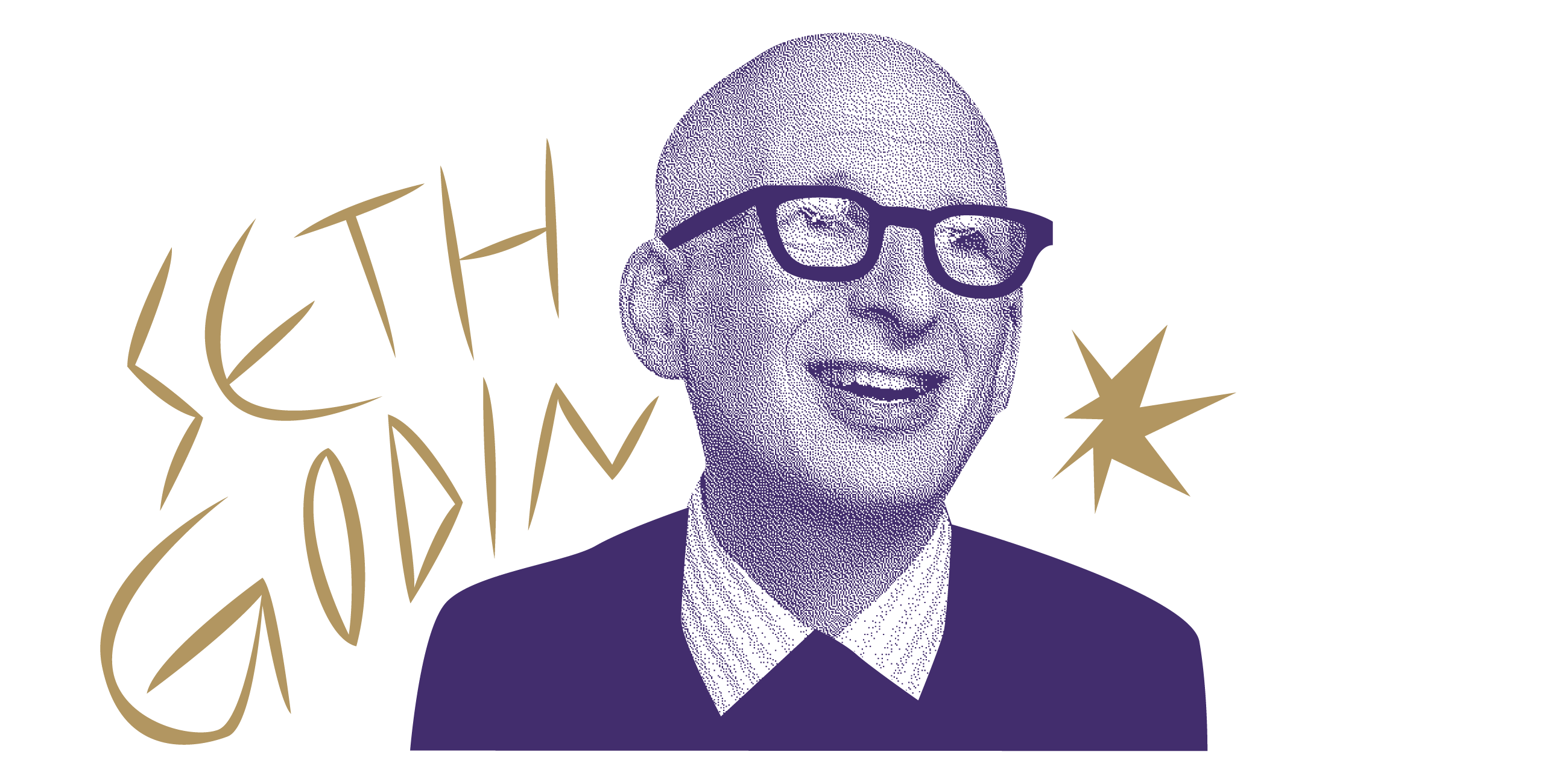
So I did exactly that—wrote the book, distributed it for free on my blog, wrote guest articles for other publications and audiences that would resonate with the topic (self-awareness), and waited.
I checked if people were sharing the book on social media. I refreshed my website’s dashboard to check the traffic and download numbers.
To my surprise, nothing happened. Hardly anyone downloaded the book or talked about it. No one asked to interview me. Eight months of work, I thought, and not even the crickets sang me a sad song.
So, I did what any young, desperate writer would do when they’re wallowing in self-loathing and are unable to write a single sentence for two weeks: I emailed my favorite authors to ask for guidance.
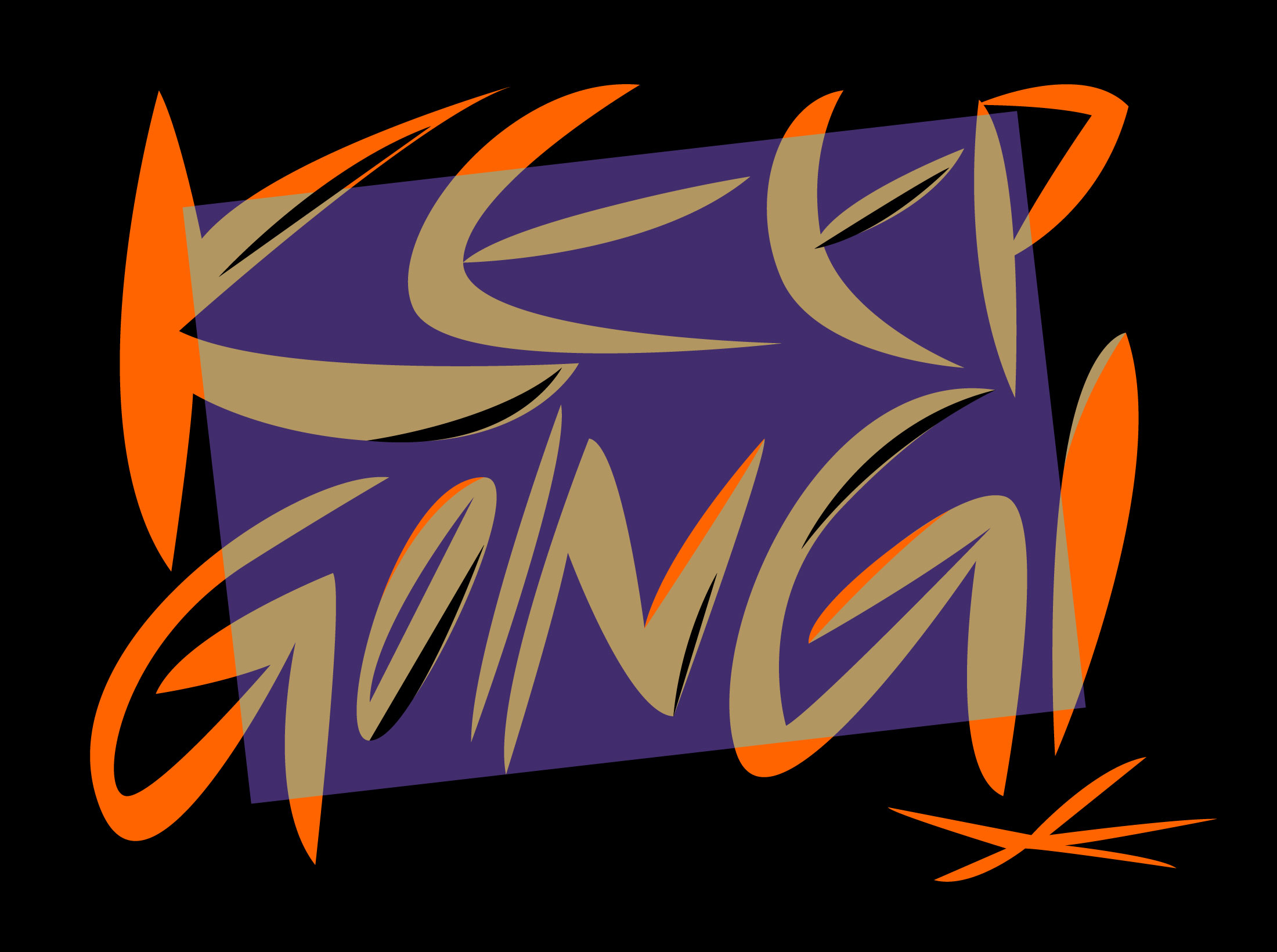
Seth responded with two words: “Keep going.”
I then emailed Steven Pressfield, author of “The War of Art”—my first time emailing him. Luckily for me, he responded with advice and encouragement that I have saved and printed on my wall [edited for length]:
“What you’re feeling is what everybody feels. Start something new right away and don’t look back. Don’t check the grosses, don’t look up the reviews on Amazon. Get used to it.
In “The War of Art,” I tell the story of when I finished my first novel (after about ten years of trying and failing), walked down the street to visit my mentor, Paul Rink, and told him the good news. He never looked up from his coffee.
“Good for you,” he said. “Start the next one tomorrow.”
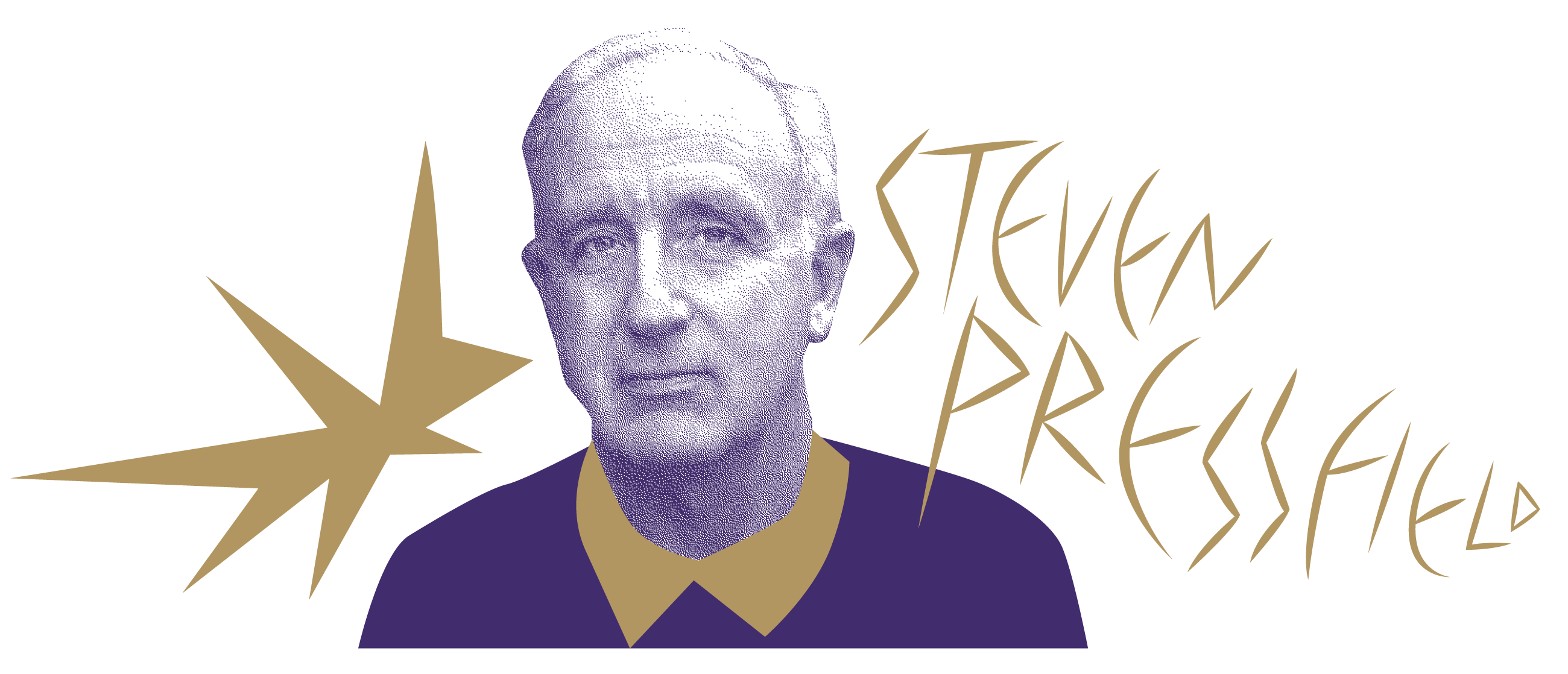
My own theory is to have the next one already in progress. I like to have 30 or 40 pages of the Next Book already done (and have momentum going on it) when I finish the Current Book.
Congrats to you, Paul. You did good. You shipped. I salute you. Every other member of this select club salutes you. Get drunk. Have a party.
Then start the next one tomorrow.”
“Start the next one tomorrow” has become my five-word mantra for my creativity. Baked into this statement are a few true realities of the creative life that I’ve learned personally:
1). The success of a project does not cure you of restlessness.
Nor uncertainty or fear of failure. To tell yourself a story about your work in this way is borderline egomania. It is not helpful to the creative process at all.
The translation sounds something like this: “I hope this book succeeds so well and makes me so much money that I don’t ever have to go through this grueling process again and I can enjoy the fruits of my labor forever.”
That’s ego hiding in plain sight.
2). The opportunity to start something new again is an immense privilege.
Every creative person that you admire has hidden projects that you don’t know about. Projects that didn’t hit the mark. The successes you see are because they failed. It means you’ve learned something from the past project, your skills improved, and you see more clearly.
The next project, by nature, will be better than the last.
3). Think of your creative life as a patchwork of projects.
In extremely rare cases, a few people make one piece of art and it sets them up for life. That’s not us.
Another way to think about it is to imagine yourself at the end of your life and work backward: What body of work did you create? How many different mediums did you learn? What kinds of audiences did you serve? How many love letters and thank-you notes are saved in shoeboxes?
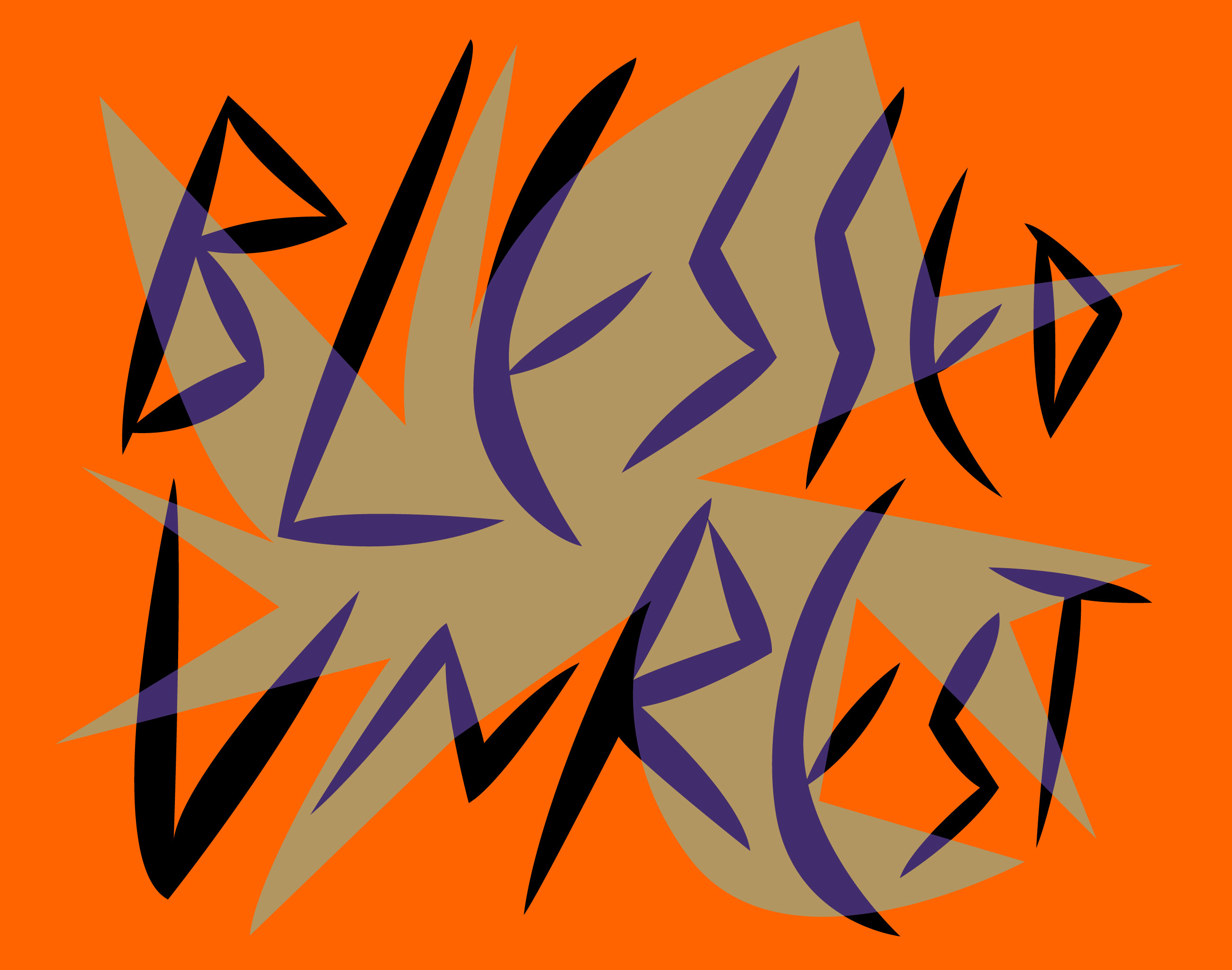
This isn’t to scare you away from a creative life. Rather, there are ways to turn this into an advantage. It starts with the story you tell yourself about what you do and why you do it.
Keep the channel open
In 1943, Agnes de Mille was hired to choreograph the musical “Oklahoma!”. After years of difficulty finding work, this particular project, which she thought was only “fairly good,” was ultimately revered and praised as a wild success. The production ran for over 2,200 performances over five years.
At the end of the run, bewildered and exhausted, Agnes met with her mentor, Martha Graham, to get some perspective.
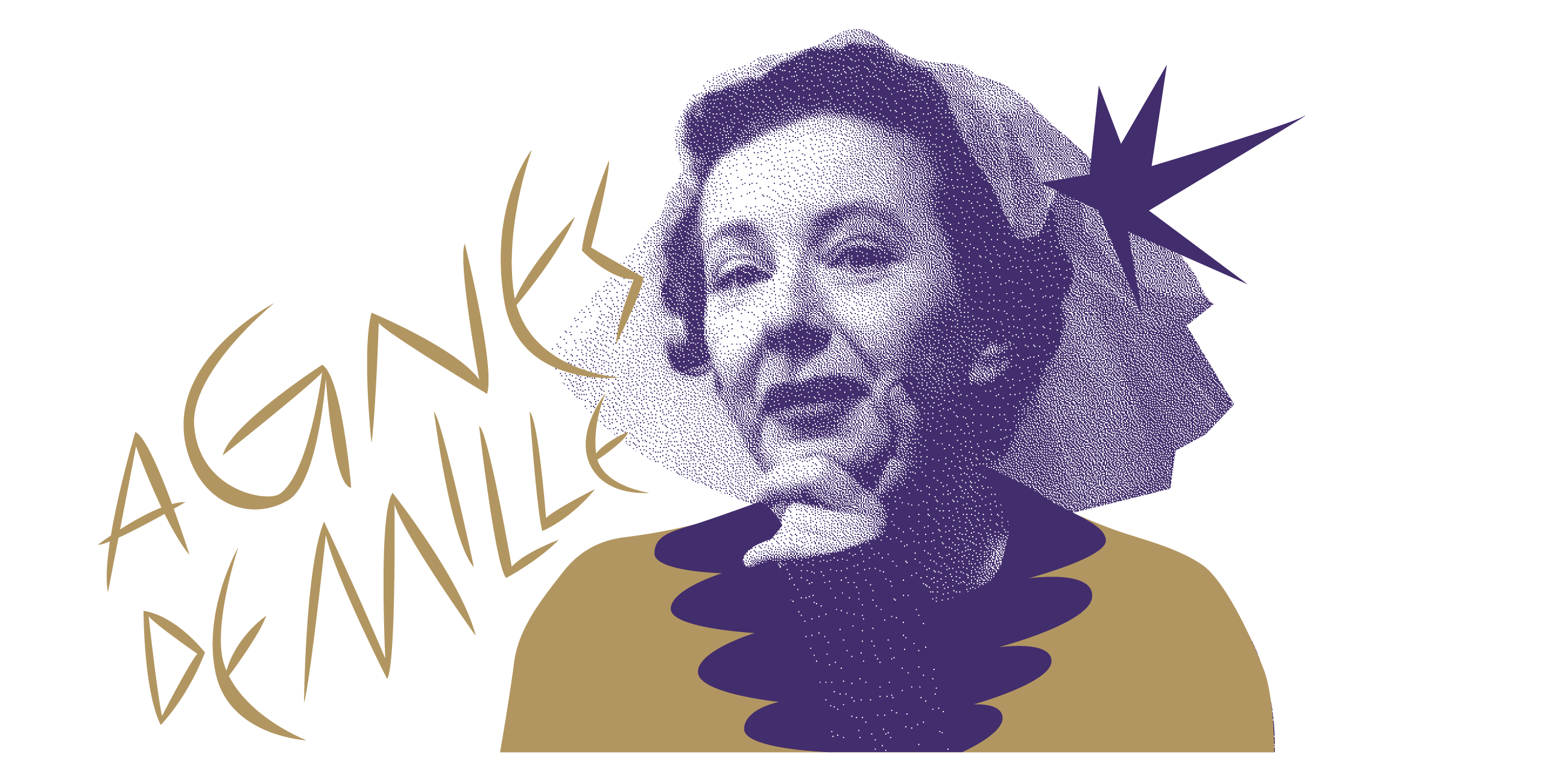
“I confessed that I had a burning desire to be excellent,” Agnes said, “but no faith that I could be.”
We’ve all said some version of that statement to ourselves before.
Martha Graham responded with what has become my favorite piece of creative wisdom [emphasis mine]:
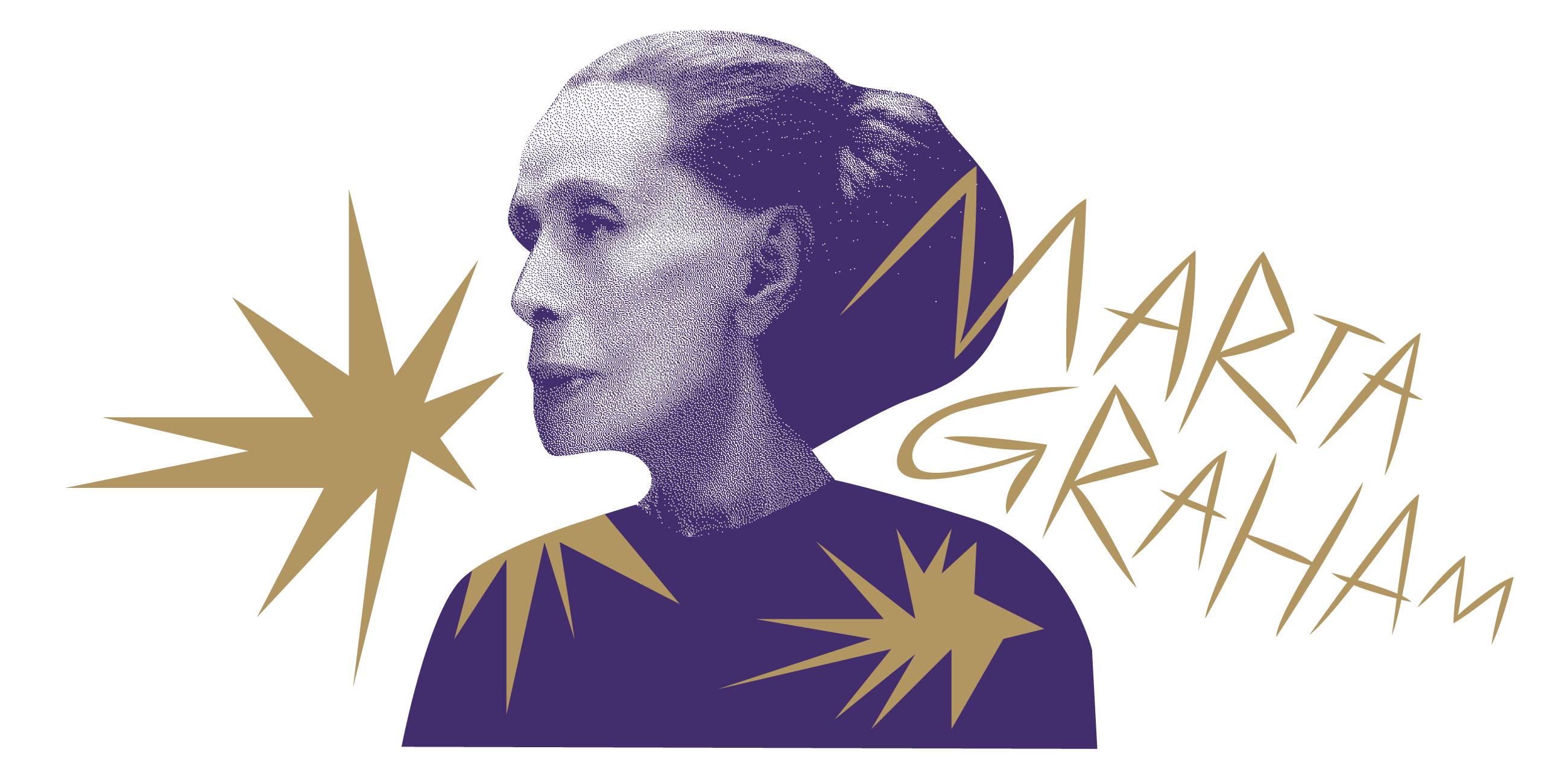
“There is a vitality, a life force, an energy, a quickening that is translated through you into action, and because there is only one of you in all of time, this expression is unique. And if you block it, it will never exist through any other medium and it will be lost. The world will not have it. It is not your business to determine how good it is nor how valuable nor how it compares with other expressions. It is your business to keep it yours clearly and directly, to keep the channel open. You do not even have to believe in yourself or your work. You have to keep yourself open and aware to the urges that motivate you. Keep the channel open. As for you, Agnes, you have so far used about one-third of your talent.”
“But when I see my work,” Agnes said, “I take for granted what other people value in it. I see only its ineptitude, inorganic flaws, and crudities. I am not pleased or satisfied.”
Without missing a beat, Graham responded:
“No artist is pleased.”
“But then there is no satisfaction?” Agnes asked.
“No satisfaction whatever at any time,” Graham cried out passionately. “There is only a queer divine dissatisfaction, a blessed unrest that keeps us marching and makes us more alive than the others.”
More alive than the others indeed.
When I was writing that book in 2012, those eight months were some of the most rewarding months of my life. To wake up with purpose was invigorating, and to go to bed with a parade of ideas dancing through my brain was better than dreaming.
To go to bed with a parade of ideas dancing through my brain was better than dreaming.
The book failed—only years later could I say, so what? No amount of books, conferences, or YouTube videos would have taught me the lessons that I needed to advance as a writer. We mustn’t forget the act of making is a surefire way of real learning.
Shipping projects are the building blocks to a creative life. They are the training weights of our craft. Projects grow your self-discipline and help you develop other skills like project management, budgeting, and meeting deadlines. Projects are fragments of yourself that reflect your worldview and the things you care about. They also reflect where you can grow.
My third book succeeded in ways I couldn’t have anticipated, because by then I had embraced the attitude of “no artist is pleased” and “start the next one tomorrow.” I listened to Pressfield; I didn’t check the reviews for years. When I surrendered and checked, I was surprised that there weren’t any one-star reviews. About a month later, I got one. Such is life.
In one of the most vital books written on this topic—“Creativity: The Psychology of Discovery and Invention”—psychologist Mihaly Csikszentmihalyi outlines the traits of a creative life and the external influences (like luck, parenting, and environment) that shape a person’s creativity. He distills his enormous body of research on creativity that connects well with this notion that “no artist is pleased.” He says [emphasis mine]:
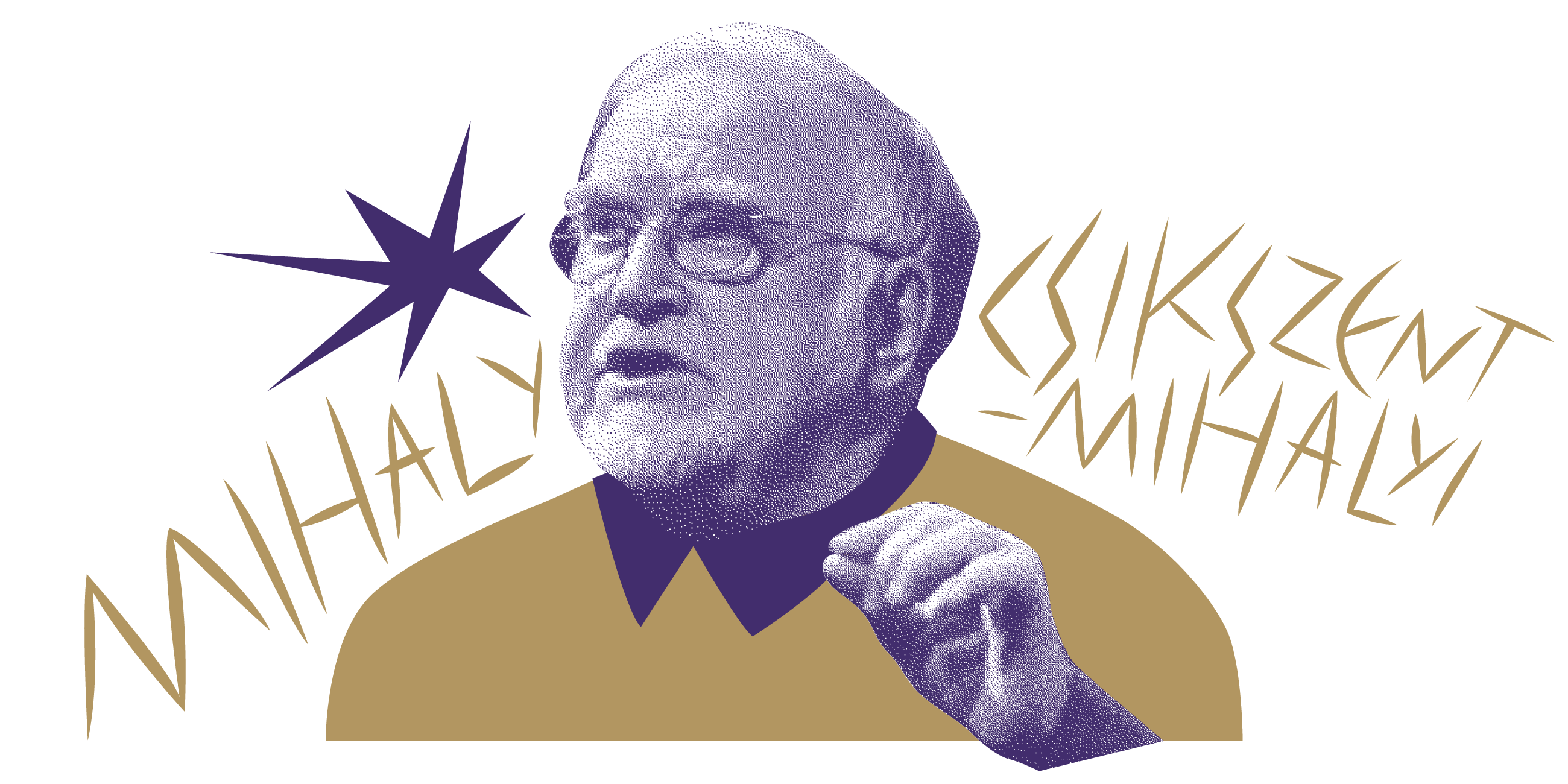
“Perhaps the most important quality, the one that is most consistently present in all creative individuals, is the ability to enjoy the process of creation for its own sake. Without this trait poets would give up striving for perfection and would write commercial jingles, economists would work for banks where they would earn at least twice as much as they do at the university, physicists would stop doing basic research and join industrial laboratories where the conditions are better and the expectations more predictable.”
What a reminder. Sometimes we need to zoom out and remind ourselves that we get to make images or stories or photographs for a living. We get to use our creativity to add value to someone’s life. Sometimes it works, sometimes it doesn’t.
When it does work, I hope you celebrate. Give yourself the credit for shipping. Share what you learned with others.
When it doesn’t work, I hope you celebrate. I hope you give yourself the time to digest the reality so you can learn from the experience. To be kind to yourself. I hope you share your experience with others so they can learn from you. Then…
Start the next one tomorrow.
Paul Jun is the Editorial Director of COLLINS, leading a new endeavor in sharing ideas on design and creativity.
Artwork by Zuzanna Rogatty, COLLINS.